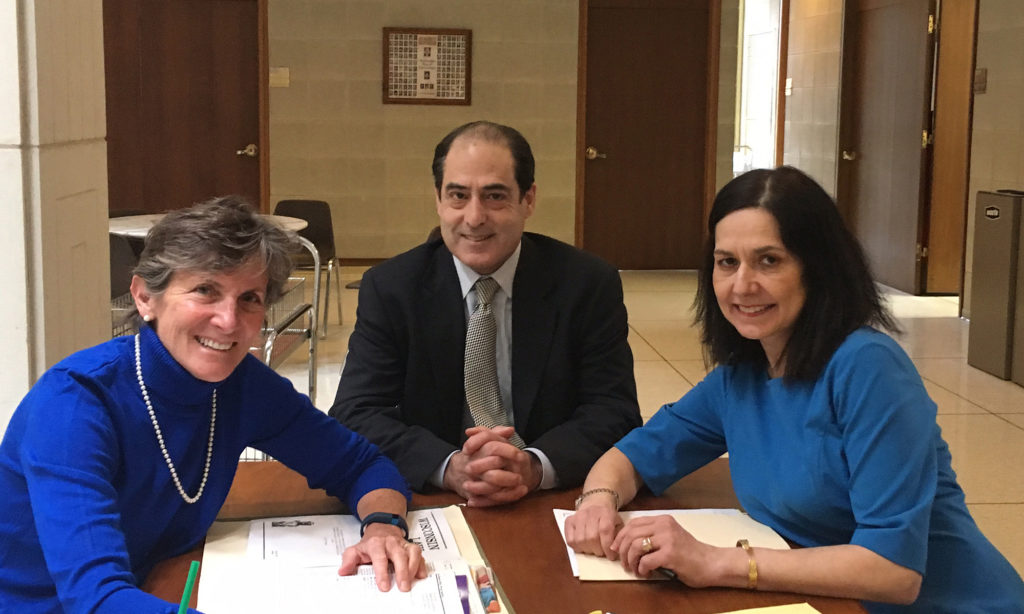A fairly modest change in California's End of Life Option Act, S Bill380, lowering the statutory waiting period from 15 days to 48 hours, as of Jan 1, 2022, has greatly increased accessibility to the law's benefits. The first year of complete data, recently releaseed in July 2023 in California's End of Life Option Act 2022 Data Report by the California Department of Pubic Health, makes clear that the previous 15 day waiting period requirement consistently prevented many dying citizens the logistical possibility of invoking the law's safeguards.
The data is encouraging-- there was a 47% YoY increase in utilization of the law with the reduced waiting period. This is not difficult to understand: previously any number of applicants would die between time when they made the initial request and they end of the 15 days waiting period. Unfortunately for them, they were forced to suffer unnecessarily rather than being able to realize their hopes of transiting at the tie and place of their choosing.
And while a 47% YoY increase sounds impressive, keep in mind we are talking in absolute terms of very small numbers: a total of 1,270 terminally ill Californians were able to avail themselves of the state's MAID law, of which 853 (65%) took the medicine out of a total of 308, 015 deaths (0.28%). It is important to emphasize that MAID is both very difficult to access: you need to be diagnosed with a terminal illness with a 6-month prognosis or less; you need to be mentally competent; you need to be able to self administer the medicine and you need to find two doctors and a pharmacist willing to treat you, in a state where half the hospital beds are controlled by the Catholic Church or have policies preventing their employees from participating. These obstacles go far beyond mere safeguards; they work to make access very challenging. And so it is no wonder that far less than half a percent of eligible Californians use MAID.
And let's face it: the 15-day waiting period was a now defunct holdover from Oregon's 1997 law, which erred in so many ways on the side of caution in being the first state to propose legislation, at a time when the practice of MAID was in its infancy. But we now have almost 50 years of collective knowledge and reams of data which make clear: people do not cavalierly decide to invoke MAID when they are diagnosed with a terminal disease: to the contrary, they consult with doctors, family member, pastors, friends. And they make the decision in full understanding that they are merely abbreviating the inevitable, and short-circuiting the excruciating physical and existential pain which accompanies a death sentence.
Legislators in California's are to be complimented for listening to the data and to the voices of those most easily shunned aside and expected to die quietly, if in constant physical and existential angst. California was not the first date to lower the waiting period to 48 hours (the honor belongs to NM) . But its decision given the importance of California in setting social norms is gargantuan, and will likely become the role model for other states.
This step by California is part of a trend to make MAID not just legal, but accessible. A law which was drafted to help people is of little use if accessing it is so fraught with needless bureaucratic obstacles as to make it essentially moot. Some states, in reaching a compromise with die-hard (a bad pun, admittedly) opponents, have burdened the law with pointless and often shameless requirements (e.g. a 20 day waiting period and mandatory psychiatric evaluation in Hawaii). This can make the law so cumbersome that a dying person, already weakened physically by their disease simply seeks alternatives to hasten their death, often the very alternatives the law is intended to obviate.
Two states have now eliminated their residency requirement (VT and OR); NM as mentioned passed a 48 hour waiting period; HI is reconsidering its cruelly long 20 day waiting period. All this is natural. Society had no experience with MAID when the first was was passed in 1997. We now have reams of empirical data, showing if anything MAID is underutilized, in that less than 1% of the eligible population in every state with MAID on its books invokes the law. By contrast, in the Netherlands and Belgium, where euthanasia and self administration are allowed, the percentage is closer to 4% which may very well be the natural percentage of the population which opts for MAID.


